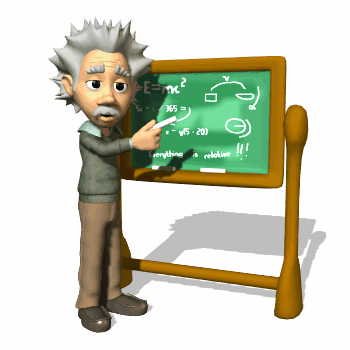
Modern Physics
Modern Physics refers largely to advancements in physics from the 1900s to the present, extending the models of Newtonian (classical) mechanics and electricity and magnetism to the extremes of the very small, the very large, the very slow and the very fast. Modern Physics can encompass a tremendous variety of topics, which will be explored briefly in this book. Key topics for this exploration include:
- models of the atom
- sub-atomic structure
- universal conservation laws
- mass-energy equivalence
- fundamental forces in the universe
- the dual nature of electromagnetic radiation
- the quantum nature of atomic energy levels
Objectives
- Explain the wave-particle duality of light.
- Calculate the energy of a photon from its wave characteristics.
- Calculate the energy of an absorbed or emitted photon from an energy level diagram.
- Explain the quantum nature of atomic energy levels.
- Explain the Rutherford and Bohr models of the atom.
- Explain the universal conservation laws.
- Recognize the fundamental source of all energy in the universe as the conversion of mass into energy.
- Understand and use the mass-energy equivalence equation.
- Understand that atomic particles are composed of subnuclear particles.
- Explain how the nucleus is a conglomeration of quarks which combine to form protons and neutrons.
- Understand that each elementary particle has a corresponding anti-particle.
- Utilize Standard Model diagrams to solve basic particle physics problems.
- Define the known fundamental forces in the universe and rank them in order of relative strength.
- Recognize the relative nature of physical quantities in the universe.
Topics of Study
- Wave-Particle Duality
- Models of the Atom
- Mass-Energy Equivalence
- The Standard Model
- Einstein's Relativity
Video Tutorials
- Wave-Particle Duality
- Photoelectric Effect
- de Broglie Wavelength
- Models of the Atom
- Energy Level Diagrams
- Atomic Spectra
- Mass-Energy Equivalence
- The Standard Model

